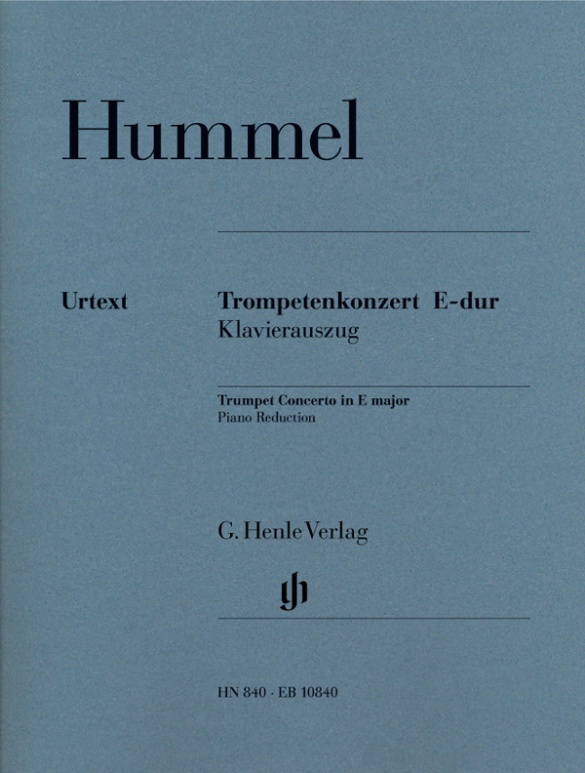

Johann Nepomuk Hummel
Trumpet Concerto E major
Hummel’s Trumpet Concerto is still one of the most popular concertos for this instrument. He composed it in 1803 for the Viennese court trumpeter Anton Waidinger, whose newly developed key-trumpet enabled him to play in a much more virtuoso manner than on the traditional natural trumpet.
Our Urtext edition reproduces the work in the original key of E major with solo parts in E and for the more common trumpet in C. Due to the fact that the concerto is nowadays often performed in E flat major, our edition also contains a piano reduction in E flat major for trumpets in E flat and B flat. The different transpositions are now available in one single edition for the first time. Breitkopf & Härtel are publishing the performance material at the same time.
Content/Details
About the Composer
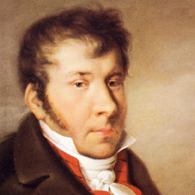
Johann Nepomuk Hummel
Composer and pianist, whose works are positioned stylistically at the transition from Classicism to Romanticism. They encompass nearly all genres, including six piano concerti, sonatas, chamber music, incidental music, and sacred works. Admired as a virtuoso during his lifetime, he showed his technical skills in a comprehensive course on the art of piano playing. He was a member of the Institut de France and the Gesellschaft der Musikfreunde (Society of Friends of Music) in Vienna, among others.
About the Authors
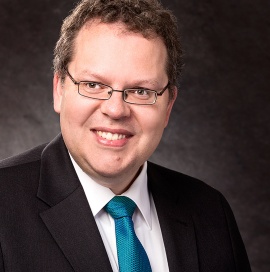
Michael Kube (Editor, Piano reduction)
Dr. Michael Kube, born in 1968 in Kiel, studied musicology (with Friedhelm Krummacher and Heinrich W. Schwab), the history of art and ethnology at the Christian-Albrechts-Universität zu Kiel. Since 1998 he has been a research associate at the New Schubert Edition (Tübingen) and since autumn 2002 also a member of the editorial board.
Kube is on the panels of different juries and music prizes, and is also a member of the Committee for work evaluation (Werkprüfungsausschuss) of VG Music Edition. His research interests include music for keyboard instruments around 1700, 19th century chamber music, early 20th century music history, as well as Scandinavian music history.
Product Safety Informations (GPSR)

G. Henle Verlag
Here you can find the information about the manufacturer of the product.G. Henle Verlag e.K.
Forstenrieder Allee 122
81476 München
Germany
info@henle.de
www.henle.com
Eine besonders schöne, neue Ausgabe des Hummel Trompetenkonzerts ist 2010 im Henle Verlag erschienen. Die neu herausgegebene Urtextausgabe beinhaltet aber nicht nur eine Trompetenstimme in E sondern auch in B, C und Es. Der Herausgeber hat einige kleine Korrekturen zur Lesart bisheriger Ausgaben vorgenommen, die ich sehr spannend finde. Ein einführendes Vorwort rundet diese schöne Ausgabe ab, die Lust darauf macht, sich wieder mehr mit dem Hummel-Konzert zu beschäftigen.
Sonic, 2011recommendations
autogenerated_cross_selling
Further editions of this title
Further editions of this title


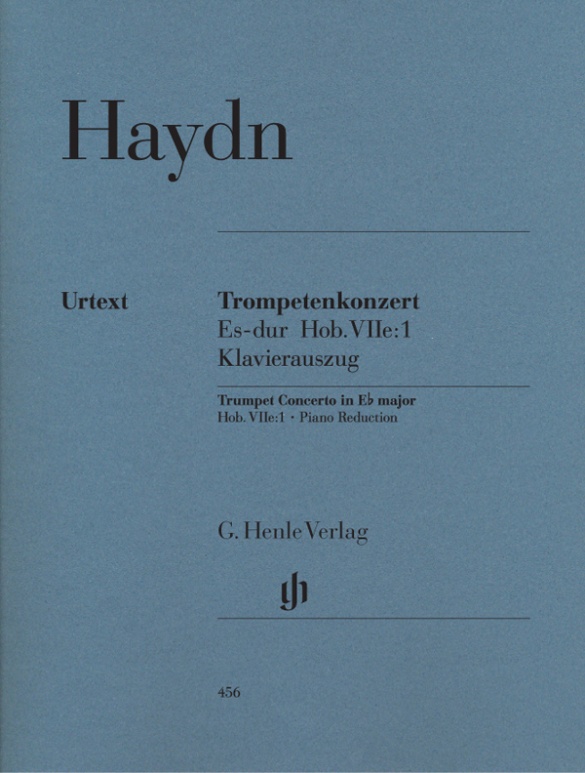

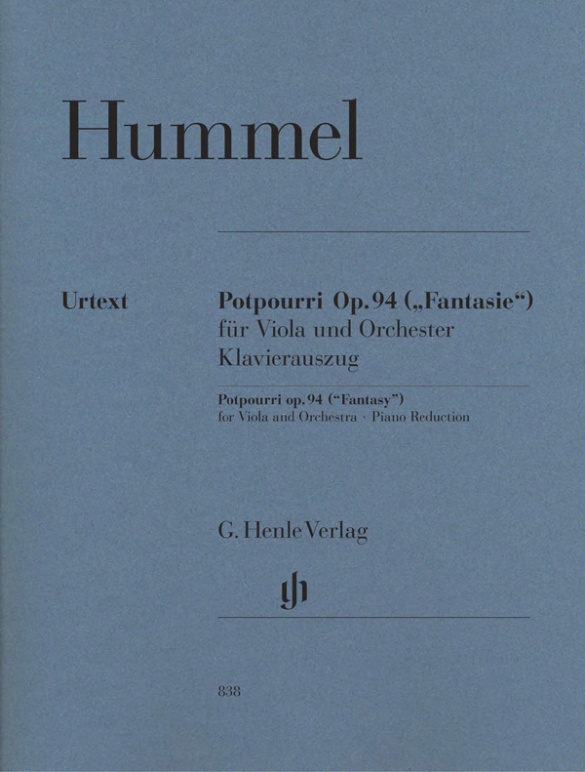
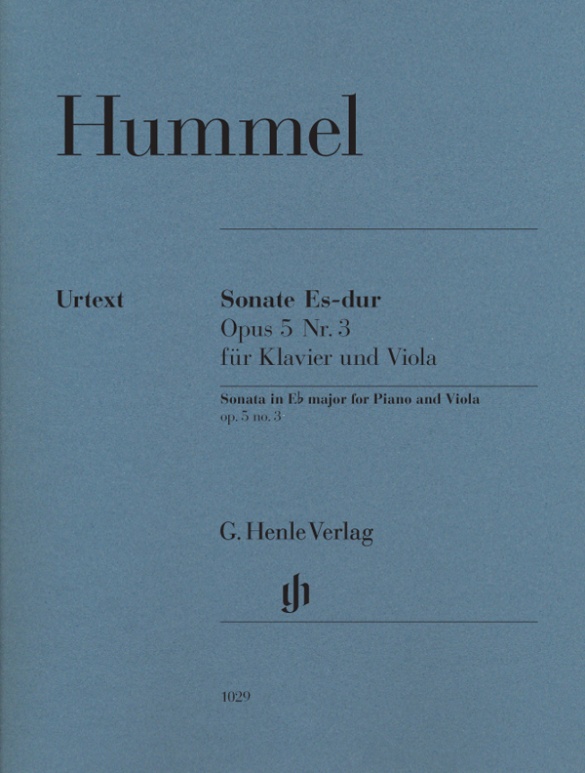
Orchestral material from Breitkopf & Härtel